SOURCE: IDRW.ORG.

India’s air defense systems require a constant state of readiness to tackle evolving threats. One crucial element in this equation is the use of jet-powered target drones, which simulate real-world missile attacks during training exercises. However, India’s current arsenal faces limitations, prompting efforts to develop and acquire more advanced solutions.
Traditionally, India relied heavily on QinetiQ, a British defense company, to supply high-speed target drones. While these drones served their purpose, they weren’t without drawbacks.
Continue readingSOURCE: IDRW.ORG
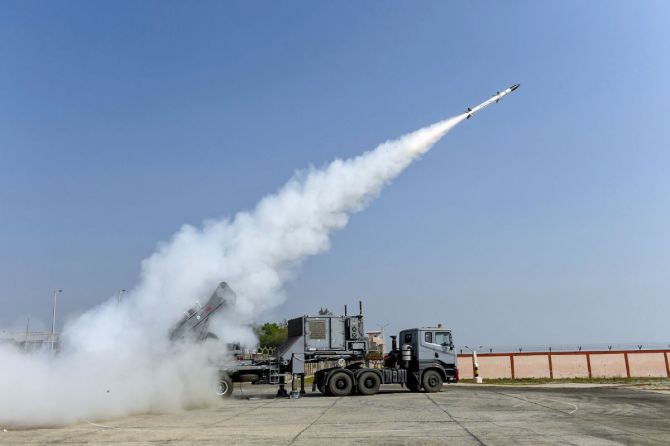
India’s air defense capabilities just got a significant boost with the successful flight test of the Akash-NG missile system. This next-generation upgrade to the Akash system boasts several advancements, making it a highly attractive option for countries seeking a robust and agile defense solution.
One of the most striking improvements in the Akash-NG is its weight. Thanks to a brand new, two-pulse, solid rocket motor replacing the older ramjet design, the Akash-NG sheds a significant 350 kilograms compared to its predecessor’s 700 kg weight. This translates to greater mobility, faster deployment, and potentially lower operational costs.
Continue readingSOURCE: IDRW.ORG.

The Assam Rifles, a central paramilitary force entrusted with safeguarding India’s Northeast borders, is evaluating the ALS-50, a vertical take-off and landing (VTOL) unmanned aerial vehicle (UAV) system. This indigenously designed solution holds promise for the force’s border security, counter-insurgency, and law and order missions.
Lieutenant General PC Nair, the Director General of the Assam Rifles, recently visited Tata Advanced Systems Limited (TASL) in Bangalore. During the visit, he received briefings on various next-generation weaponry, including the ALS-50 UAV system. Other technologies showcased by TASL included mini-UAVs, loitering munitions, advanced optoelectronic and thermal imaging devices, body armor, and bulletproof helmets.
Continue readingSOURCE: RAUNAK KUNDE / NEWS BEAT / IDRW.ORG
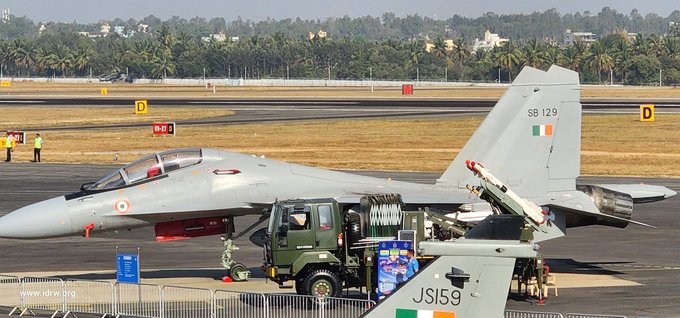
The Indian Air Force (IAF) and state-owned Hindustan Aeronautics Limited (HAL) are in talks regarding the integration of the Advanced Short-Range Air-to-Air Missile (ASRAAM) onto the Su-30MKI fighter jets. This development comes nearly five years after initial plans for the integration were approved.
The ASRAAM is a Within Visual Range (WVR) missile, designed to provide the Su-30MKI with an edge in close-quarters dogfights. This integration would significantly enhance the aircraft’s air-to-air combat capabilities.
Continue readingSOURCE: RAUNAK KUNDE / NEWS BEAT / IDRW.ORG

The veil of secrecy surrounding India’s 5th generation AMCA (Advanced Medium Combat Aircraft) program is slowly lifting, revealing glimpses of the cutting-edge technologies being incorporated. One such innovation is the Frequency Selective Surfaces (FSS) radomes being developed by DRDO’s Research Centre Imarat (RCI).
FSS radomes are not your ordinary radome enclosures for antennas and sensors. They are engineered with metamaterials that possess unique electromagnetic properties.
Continue readingSOURCE: RAUNAK KUNDE / NEWS BEAT / IDRW.ORG
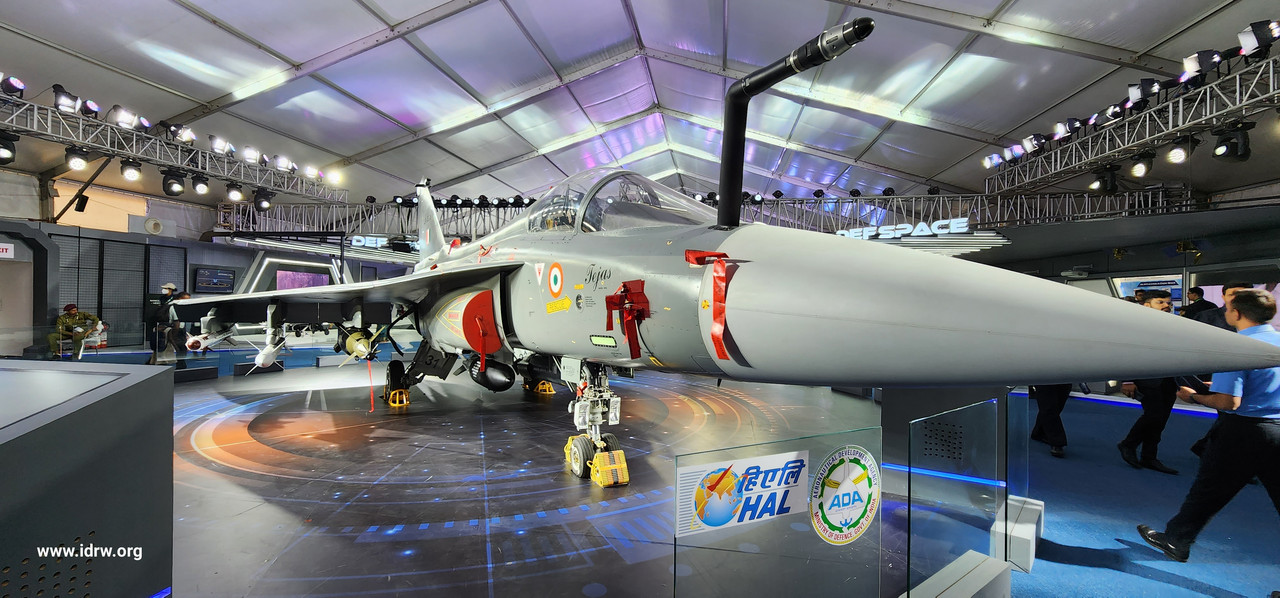
The Indian Air Force’s (IAF) plan to equip its Tejas Mk1A fighter jets with the advanced Meteor air-to-air missile a few years ago has hit a snag. European manufacturer MBDA initially refused integration due to compatibility issues with the Tejas’ Russian origin and Israeli radar.
MBDA expressed concerns about integrating the Meteor, boasting a 150+ km range and a 60 km “no-escape zone,” onto a platform with some Russian components and the Tejas’ Israeli radar. This posed a technical and possibly political hurdle.
Continue readingSOURCE: IDRW.ORG

Indian industrial giant Bharat Forge, led by Baba Kalyani, has announced its foray into the development of a Light Tank. However, there’s uncertainty regarding the design approach. Whether they’ll utilize the Defence Research and Development Organisation’s (DRDO) design, create their own entirely, or pursue collaboration remains unclear.
This news comes amidst DRDO’s ongoing Project Zorawar, a collaboration with Larsen & Toubro (L&T) for a 25-ton Light Tank. This project has achieved a significant milestone with the commencement of company-level trials. Following successful internal testing, the tank will proceed to user trials conducted by the Indian Army.
Continue readingSOURCE: RAUNAK KUNDE / NEWS BEAT / IDRW.ORG

India’s ambitious AMCA (Advanced Medium Combat Aircraft) program is set to receive a significant boost with the integration of DRDO-developed Ultra Wide Band (ULB) Radar Absorbing Skin (RAS). This cutting-edge technology promises to enhance the AMCA’s stealth capabilities, making it a true fifth-generation fighter jet.
ULB RAS is a specially designed material that absorbs electromagnetic waves across a wider range of frequencies, including those used by modern radars. This makes the aircraft significantly less visible to radar detection, giving it a critical advantage in modern warfare.
Continue readingSOURCE: RAUNAK KUNDE / NEWS BEAT / IDRW.ORG
The race for India’s massive Multi-Role Fighter Aircraft (MRFA) tender heats up as Boeing retains its offer for both the F/A-18E/F Super Hornet and the F-15EX Eagle II. This comes after the U.S. government granted Boeing a license to offer the F-15EX to India in 2021, leading to speculation that the Super Hornet might be dropped from contention.
However, Boeing has confirmed that both jets will remain on the table, giving the Indian Air Force (IAF) more options to choose from. This move also intensifies competition within the American defence industry, with Lockheed Martin also vying for the contract with its F-21 fighter, which it proposes to build in India.
Continue readingSOURCE: RAUNAK KUNDE / NEWS BEAT / IDRW.ORG
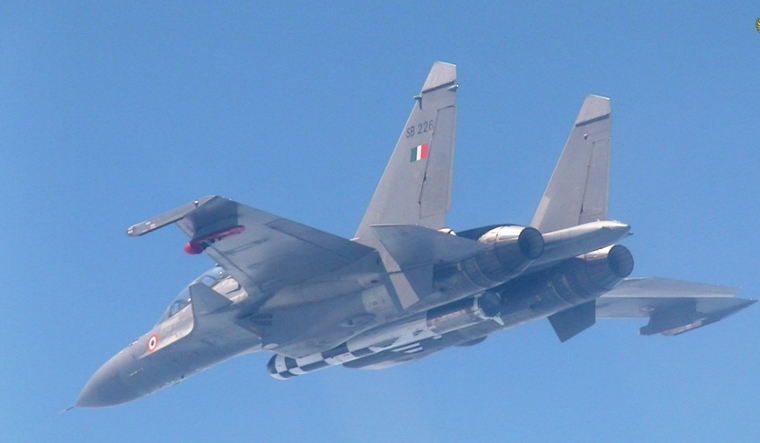
The Indian Air Force (IAF) is transforming a significant portion of its Su-30MKI fleet into powerful long-range strike platforms. With around 21 Su-30MKIs already modified to carry 2.5-ton Air Launched Cruise Missiles (ALCMs) like the BrahMos-A, and plans to make more aircraft BrahMos-A capable, the IAF is positioning itself for enhanced offensive capabilities.
An additional 19 Su-30MKIs are proposed to be upgraded for BrahMos-A compatibility, significantly boosting the IAF’s long-range strike power. By modifying and hardening these aircraft to carry ALCMs like the BrahMos-A, India gains a significant edge in the maritime domain.
Continue readingSOURCE: IDRW.ORG.
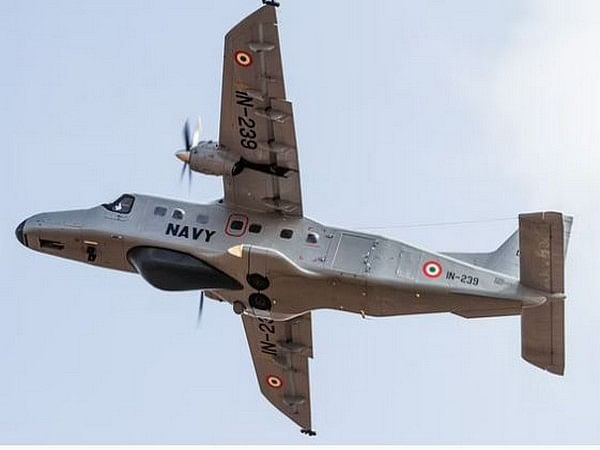
India’s defense establishment is taking a step forward in indigenous airborne surveillance technology. The Laboratory for Research and Development in Electronics (LRDE) and Hindustan Aeronautics Limited (HAL) Kanpur (Transport Aircraft Division or TAD) are reportedly planning a collaborative effort to integrate an X-band radar onto Dornier aircraft.
The centerpiece of this collaboration is LRDE’s X-band radar, designated HISAR (standing for High Accuracy Surveillance Active Radar). This all-weather, day-night microwave imaging system is designed for Intelligence, Surveillance, and Reconnaissance (ISR) missions.
Continue readingSOURCE: IDRW.ORG.
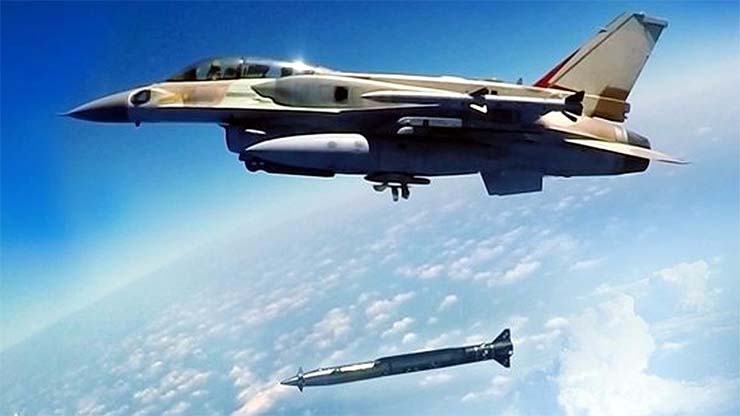
The Indian Air Force’s (IAF) decision to locally produce the Rampage, a long-range supersonic air-to-ground precision strike missile, has raised questions about India’s indigenous defense capabilities. Defence Anaylts Ranesh Rajan believe this technology could have been developed domestically by the Defense Research and Development Organisation (DRDO).
According to anonymous DRDO officials, the organization possesses the technological know-how to create a missile similar to Rampage. They point to the rejection of Pinaka-III, a proposed 150km range artillery rocket system with a 300mm caliber, as a missed opportunity. Rajan argue that adapting Pinaka technology for air launch could have provided a domestic alternative to Rampage.
Continue readingSOURCE: RAUNAK KUNDE / NEWS BEAT / IDRW.ORG
The Indian Air Force’s (IAF) quest for a robust Airborne Warning and Control System (AWACS) capability continues to gain momentum. While the Netra Mk1A and Airbus A-321-based AEW&C MkII programs are currently in the spotlight, DRDO, India’s premier defence research organization, hasn’t lost sight of the long-term goal – a dome-mounted AWACS solution offering complete 360-degree coverage.
According to informed sources close to idrw.org, DRDO is actively pursuing the development of a dome antenna specifically designed for the AWACS program. This ongoing effort comes despite the current focus on the Netra Mk1A and AEW&C MkII projects.
Continue readingSOURCE: RAUNAK KUNDE / NEWS BEAT / IDRW.ORG

GE Aerospace is set to increase investments in its F-404 engine production line in anticipation of significant orders from both India and the United States. This move comes as India finalizes a deal for additional Tejas Mk1A fighter jets, each powered by the F404-IN20 engine variant.
The investment will focus on new tooling, refurbishment of existing machinery, and the acquisition of additional equipment. This will specifically target the production of F-404 engine blades and vanes, critical components for achieving optimal engine performance.
Continue readingSOURCE: RAUNAK KUNDE / NEWS BEAT / IDRW.ORG

India’s next-generation anti-submarine warfare (ASW) capabilities are set to receive a significant boost with the Supersonic Missile-Assisted Release of Torpedo (SMART) system. Developed by the Defence Research and Development Organisation (DRDO), SMART is designed to be integrated into the Indian Navy’s existing anti-submarine warfare corvettes.
SMART employs a supersonic missile to carry a lightweight, electrically-propelled torpedo known as the Torpedo Advanced Light (TAL). This innovative system offers a crucial advantage: extended range. Unlike conventional torpedoes with limited reach, SMART can engage enemy submarines from hundreds of kilometres away, significantly expanding the Indian Navy’s ASW zone.
Continue reading